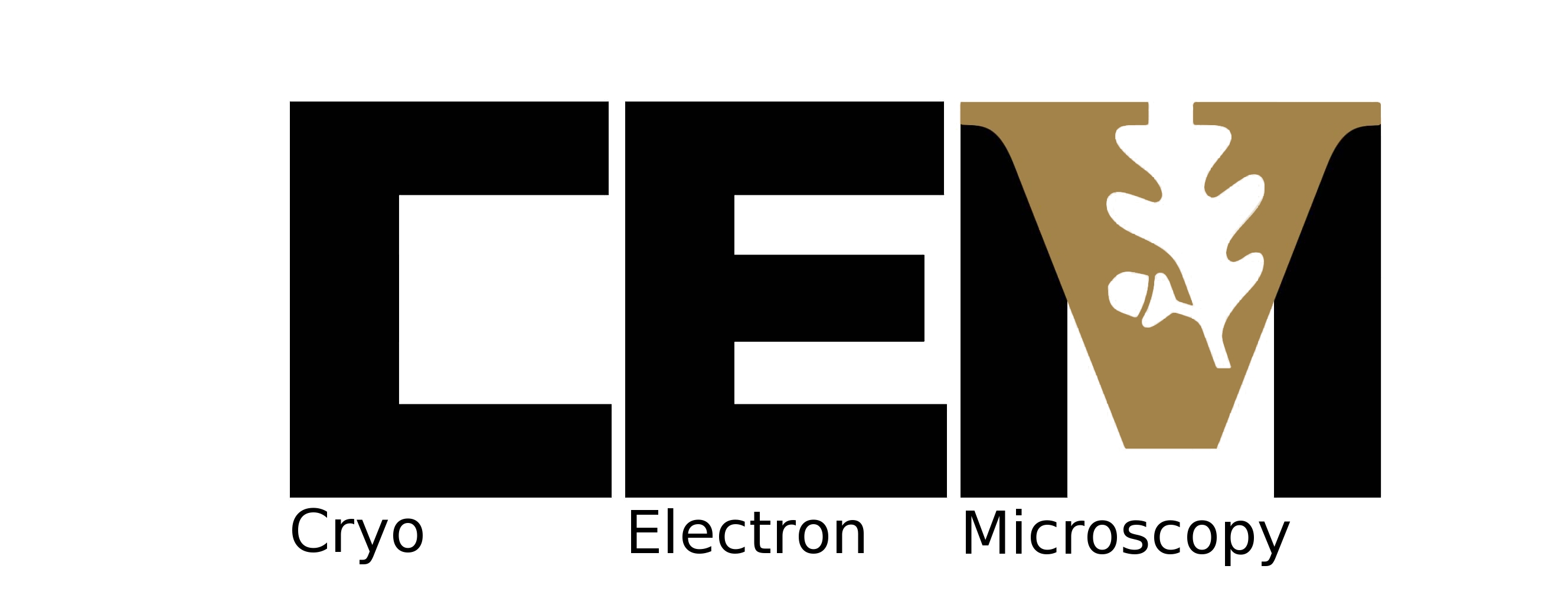 | |||||||||||||||
 |
 |
 |
 |
 |
 |
 |
 |
 |
 |
 |
 |
 |
 |
 |
 |

V-CEM
VANDERBILT
CRYO
ELECTRON
MICROSCOPY
V-CEM Only:
Negative stain TEM
Single partilce
Negative staining is a simple sample preparation method in which protein samples are adsorbed to a continuous carbon film and embedded in a thin layer of dried heavy metal salt to increase specimen contrast. The enhanced contrast of negative stain EM allows viewing of relatively small biological samples (>100kDa).
This method is used mainly to determined 3D structure of small protein and protein complex (<200kDa), assess sample quality (e.g. purity and homogeneity) and determined initioal 3D structure using Random Conical Tilt (RCT) method. It can also be used to answer specific questions concerning protein-protein interactions and identify protein/domain assembly. antibodies or Fab can be visualized when bound to their antigen.
Drawbacks and Benefits of Negative Staining
Benefits
- High contrast.
- The sample is easy to prepare.
- Almost no radiation damage.
Drawbacks
- The resolution limit is between 15Å-20Å (the size of the stain salt grain).
- Artefacts can arise if the stain is uneven.
- Flattening of the sample upon drying of the grid
stain pH range ------------------------------------------------- Sodium (K) phosphotungstate (PTA) 5-8 Uranyl acetate 4.2-4.5 Uranyl formate 4.5 Sodium silicotungstate 5-8 Ammonium molybdate 5-7 Methylamine tungstate 6-7
Protocols
Reading
Negative Staining and Image Classification - Powerful Tools in Modern Electron Microscopy.
|
VU Home |
VUMC Home |
People Finder |
University Calendar
webmaster- modified on March 14, 2017 |

